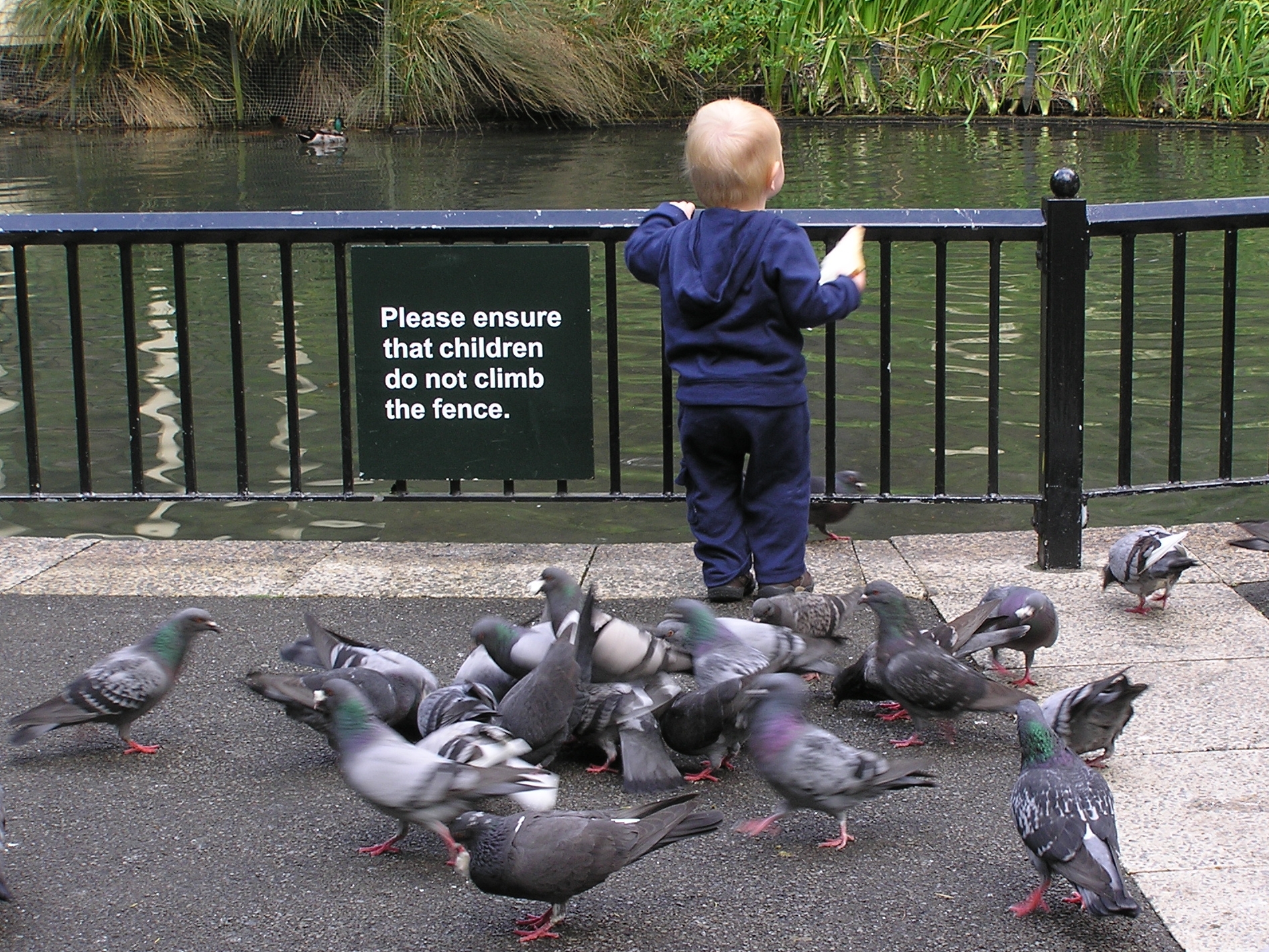Parenting a toddler 101
- Introduction to Modern Parenting
- Understanding Toddlers
- Healthy Sleep Habits
- Nutritional Needs for Toddlers
- Managing Food Picky Eaters
- Active Play and Exercise
- Positive Discipline Techniques
- Emotional Well-being and Resilience
- Fostering Social Skills
- Preparing for Preschool
- Child Safety Basics
- Basic Emergency Protocols
- Conclusion and Taking the Next Steps
Child Safety Basics
Home Safety Tips for Toddlers

The act of making an environment or object safer for children.
Ensuring the safety of your toddler at home is of paramount importance. As your child grows and starts to explore their surroundings, it's crucial to childproof your home to prevent accidents. Here are some guidelines to help you create a safe environment for your toddler at home.
Understanding the Importance of Childproofing Your Home
Childproofing is the process of making an environment safe for children. Toddlers are naturally curious and love to explore their surroundings, which can sometimes lead them into dangerous situations. By childproofing your home, you can significantly reduce the risk of accidents.
Identifying Common Household Hazards for Toddlers
Common household hazards for toddlers include stairs, sharp corners, small objects that can be swallowed, and accessible cleaning supplies or medicines. Electrical outlets, cords, and appliances can also pose a risk. It's important to identify these hazards and take steps to mitigate them.
Guidelines for Childproofing Different Areas of the Home
Kitchen
- Install safety latches on cabinets and drawers to prevent access to dangerous items.
- Keep knives, breakables, and heavy pots out of reach.
- Turn pot handles toward the back of the stove when cooking.
Bathroom
- Install toilet locks to prevent drowning.
- Keep medicines and cleaning supplies in high cabinets with safety latches.
- Use non-slip mats in the bathtub and on the bathroom floor.
Living Room
- Secure heavy furniture to the wall to prevent tipping.
- Use corner protectors on sharp furniture edges.
- Keep small objects, cords, and window blind cords out of reach.
Safe Storage of Cleaning Supplies, Medicines, and Other Potentially Harmful Substances
Always store cleaning supplies, medicines, and other potentially harmful substances in high, locked cabinets. Never store these items under the sink or in low drawers, where curious toddlers can easily access them.
Fire Safety and Prevention Measures at Home
Install smoke detectors on every level of your home and in sleeping areas. Test them monthly and replace batteries annually. Keep a fire extinguisher in the kitchen and other high-risk areas, and make sure all family members know how to use it.
By following these guidelines, you can create a safe environment for your toddler to explore and grow. Remember, the best way to ensure your child's safety is through active supervision and by staying one step ahead in anticipating potential dangers.